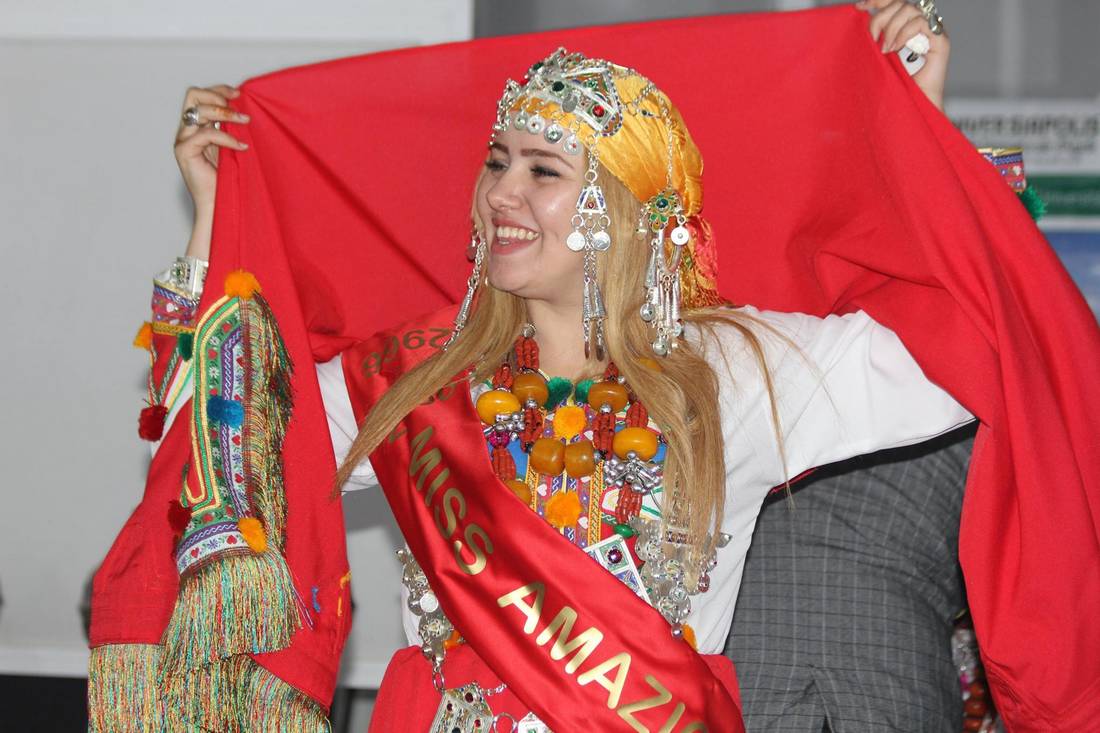إسماعيل عزام، الرباط (CNN)— إن كان التقويم الميلادي يصل الآن إلى 2017، والتقويم الهجري يصل إلى 1438، فإن التقويم الأمازيغي تجاوزهما معا وسيصل ليلة غد الخميس 12 يناير/كانون الثاني إلى العام 2967، في مناسبة جد خاصة يحتفل بها الكثير من سكان شمال إفريقيا، حيث يوجد تعداد جد مهم من الأمازيغ، سكان الأرض الأصليين.
ويرتبط تاريخ التقويم الأمازيغي برمزيتين، الأولى هي رأس السنة الفلاحية التي يوجد اختلاف في تحديدها بين 12 و 13 وحتى 14 يناير، والثاني هو عام وصول الزعيم الأمازيغي شيشنق الأول إلى منصب فرعون مصر، ممّا يجعل الاحتفالات بهذه المناسبة الخاصة تمزج بين الأرض والتاريخ، وتعيد التأكيد على التنوع الثقافي للمنطقة المغاربية ، إذ رغم تركز الأمازيغ بشكل أكبر في المغرب والجزائر، إلّا أنهم حاضرون كذلك في تونس وليبيا.
ويرى الباحث الأمازيغي، أحمد عصيد، أن المؤرخين اتفقوا على أن وثيقة وصول شيشنق الأول إلى عرش مصر تمثل أقدم حدث تاريخي أمازيغي، وكان ذلك في عهد الملك سليمان، مشيرًا إلى أن شيشنق الأول لم يستولِ على العرش إثر معارك أو حروب، بل وصل إليه إثر ترقية متواصلة لعدة عناصر أمازيغية قدمت من ليبيا داخل جيش فرعون.
ويتابع عصيد لـCNN بالعربية أن رأس السنة الفلاحية، ويحدده المتجدث في يوم 12 يناير، وهو تاريخ سنوي يتم من خلاله الفصل بين مرحلتين مناخيتين هما البرد والاعتدال، لا يعدّ خاصًا بالأمازيغ وحدهم، بل هو إرث مشترك احتفلت به شعوب البحر الأبيض المتوسط منذ القدم، إلّا أن الأمازيغ هم من حافظوا على هذا التقويم وأدرجوه ضمن احتفالاتهم، الأمر الذي جعل المؤرخين الأمازيغ يتفقون على إدماج رأس السنة الفلاحية مع التقويم الأمازيغي.
ويقوم الأمازيغ في هذه الذكرى السنوية بإعداد أكلات ترمز إلى الأرض، زيادة على تنظيم احتفالات تعبّر عن عمق موروثهم ولغتهم، وعكس التقويمين الميلادي والهجري، فالأمازيغي لا يرتبط بظاهرة دينية، بل يمثل حسب أحمد عصيد ذكرى المجد الأمازيغي بما أن شيشنق الأول توسع في حكمه ووصل حتى إلى بلدان في الشرق العربي، ومن جهة أخرى هذا الارتباط القوي بالفلاحة.
غير أنه رغم كل هذه العراقة، فلا يزال المغرب، الذي كان أوّل من نصّ على الأمازيغية لغة رسمية، لا يحتفل رسميا برأس السنة الأمازيغية ولا ينصّ على 12 يناير عطلة إدارية، وهو موقف يتكرّر كذلك في الجزائر، وفي هذا يقول عصيد إن هناك من يبرّر غياب الاحتفال الرسمي بعدم إصدار القانون التنظيمي للأمازيغية، الذي لا يزال مجرد مشروع في البرلمان المغربي.
إلّا أن هناك سببا آخر، يقول عصيد، يتمثل في "لوبيات تقليدانية محافظة تظن أن الاحتفال بهذه المناسبة سيهدد الاحتفال برأس السنة الهجرية كما تظن أن تدريس الأمازيغية سيهددد العربية"، وهي نظرة خاطئة حسب عصيد بما أن اللغات تنمو مع بعض، ولا يمكن للاهتمام بثقافة لغة ابنة أن يضايق ثقافة لغة أخرى.
ويتابع عصيد أن الدولة المغربية صارت ملزمة بالاعتماد الرسمي لهذه المناسبة، سواء لما ينّص عليه الدستور من اهتمام بالأمازيغية وهو ما يتجسد أكثر في مشروع قانونها التنظيمي، وسواء لقرار اليونسكو بتصنيف رأس السنة الأمازيغية تراثًا إنسانيا لا ماديا.
